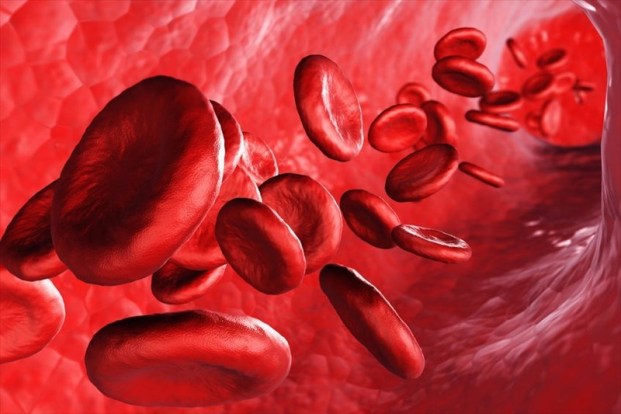Common Blood Conditions: An Overview
in Internal Medicine
Apr 19, 2022
Just like every organ is vulnerable to illness, blood too is susceptible to fall prey to certain diseases. It is very important to know about some common blood conditions because when something goes wrong with your blood, your total health is compromised.

Blood comprises different types of cells with specific functions – transporting oxygen throughout the body is handled by red blood cells, the white blood cells defend against infection and platelets extend help by controlling bleeding. As these cells are made in bone marrow, well-functioning bone marrow is necessary for healthy blood. Some common conditions associated with bone marrow abnormalities include:
- Anemia: Derived from the ancient Greek word anaimi, meaning “lack of blood”, anemia refers to a decreased number of circulating red blood cells. People often experience fatigue or shortness of breath, when anemia progressively worsens, or anemia with sudden onset.
- Hemophilia: Lack of blood clotting factor causes hemophilia. That said, hemophilia is usually inherited from a parent with a genetic mutation. However, there are sometimes cases where the disorder is caused by a new genetic mutation, rather than family history of the disease.
- Immune Thrombocytopenia: By and large, at any given time people have about 150,000 to 450,000 platelets per microliter of blood. Immune thrombocytopenia (ITP) is a blood disorder in which the platelets are destroyed by the immune system. Consequently, people with ITP develop low platelets which cause red or purple dots on the skin, called petechiae, and problems with easy bruising, nosebleeds, blood blisters in the mouth or internal bleeding.
- Leukemia: Leukemia is cancer of blood-forming tissues, such as the bone marrow and lymph system. When this stipulation occurs, bone marrows produce a large number of abnormal white blood cells or, in some cases, a large number of red blood cells or platelets. Although, normal white blood cells are potent infection fighters, people with leukemia face accumulation of abnormal white blood cells, normal white blood cells’ production gets blocked and the ability to fight the infection gets impaired.
- Lymphoma: This condition is cancer that develops in the lymphatic system, which is part of the immune system that helps fight disease and infection. Hodgkin’s lymphoma (cells in the lymphatic system grow abnormally and may spread beyond the lymphatic system) is a rare type of lymphoma while other more common lymphatic cancers are called non-Hodgkin lymphomas (tumors develop from white blood cells called lymphocytes continue to divide and grow without control, crowding into your lymph nodes, causing them to swell).
- Multiple Myeloma: Multiple myeloma (also known as myeloma or plasma cell myeloma) is a hematological cancer that develops in the blood. Being the second most common cancer of the blood in elderly people, this condition causes the body to produce too much plasma or myeloma cells which produce antibodies that the body doesn’t need that can lead to the formation of tumors and cause other problems, such as bone fractures and kidney failure.
- Myelodysplastic Syndromes: Myelodysplastic syndromes (MDS) refer to a group of disorders in which the bone marrow stem cells are defective, causing an inadequate production of blood cells.







